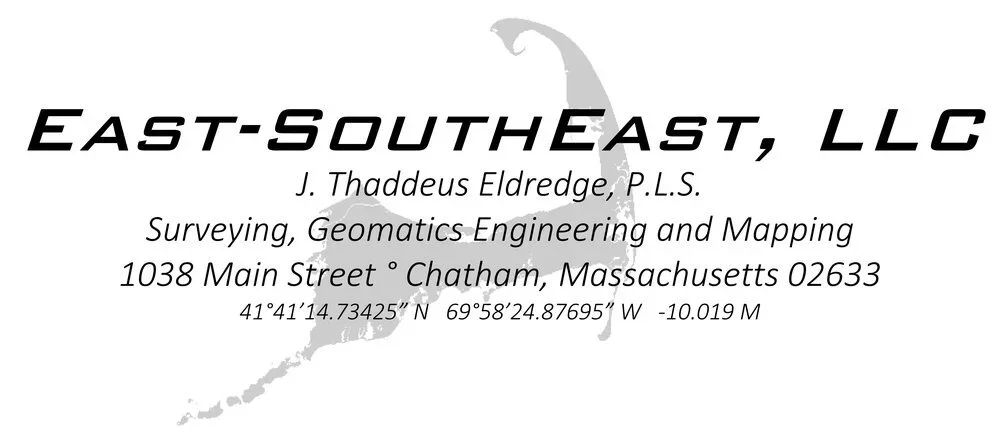The optical instruments were introduced in the late 1800s. These would measure angles - both a horizontal angle and a veritcal angle. For those of you wondering about the multiple solution issue, we record angles to the right. Vertical angles are all based with zero straight up and 180 straight down. ***There are times when measurements are recorded backwards or upside down, but don’t worry about it today.***
The older instruments - the Theodolites and Transits required distances to be measured by tape. Later they added DistoMats to these instruments so you could measure distance to a prism. All measurments had to be written in a field book and then calculated by hand. Who likes Trig? The Distance is on a slope, so use the vertical angle to calculate the horizontal and vertical distances. The vertical distance lets you calculate the elevation. The horizontal angle and the horizontal distance lets you use Trigonometry and Coordinate Geometry to obtain a coordinate. You can sit all day with a claculator and sort out hundreds of XYZ coordinates.
Then they added a laser into the system and added more technology. We added little computers called Data Collectors to the units, first by wire, now by Bluetooth. Recording data became faster and you did not have to write in a book. Still, it is boring standing behind an instrument - turn to the prism, enter the prism height, change the description, press a button, store the record, repeat. All the while, the other person, the one with the prism, gets to run around while you are stuck. The math is all calculated in the data collector - no need to sit all day with a calculator. (You still need to know what the computer is doing because of GIGO - Garbage In Garbage Out).
They then added Servo Motors to the instruments and now the robot follows the surveyor with the prism. It’s not seamless, but it means a One Person Crew or Faster with Two.
Mathwise, the Total Station is great for the short game. There’s a little error with the angles, a little error in the distances, and the further you go, the more these add up.




